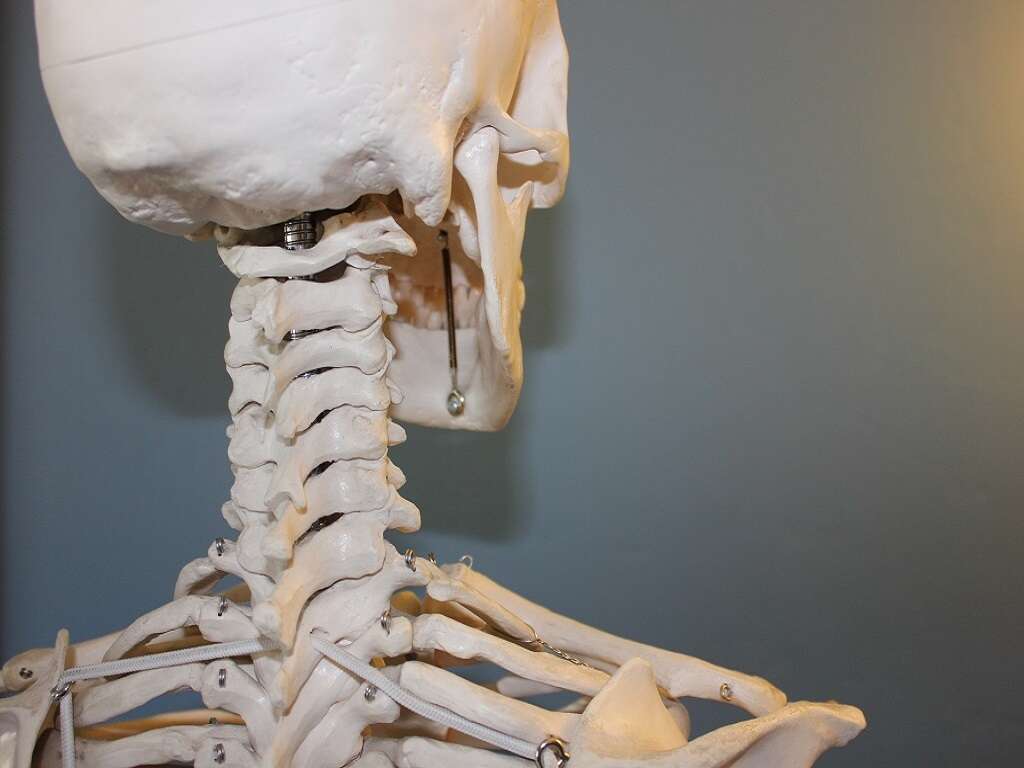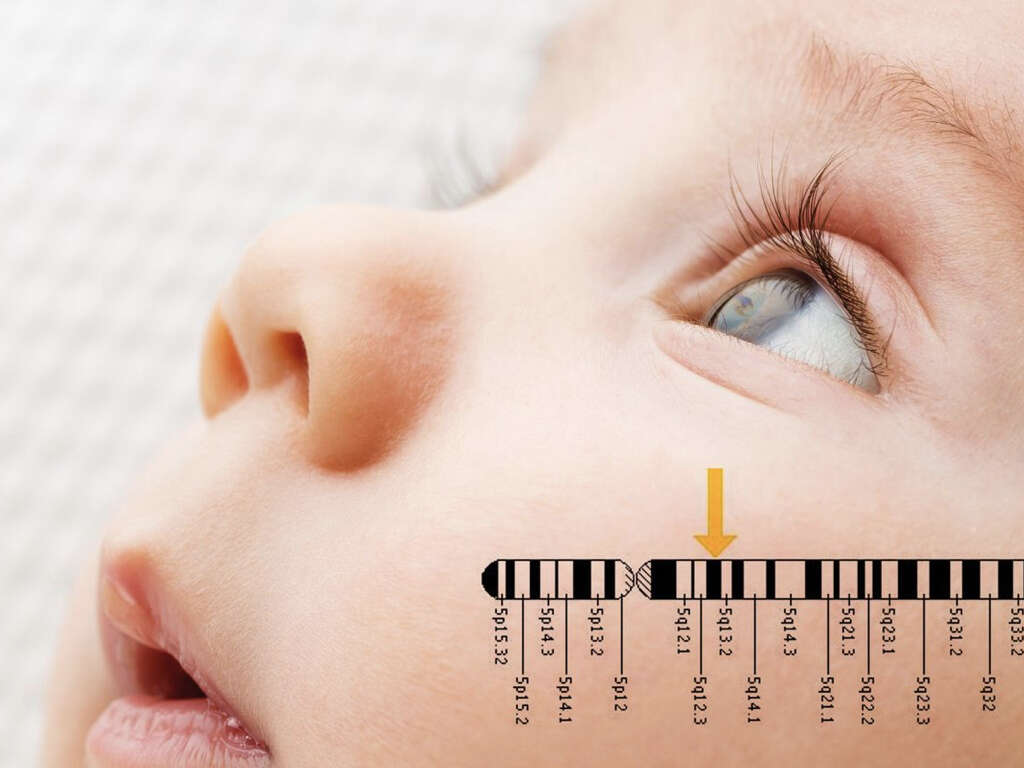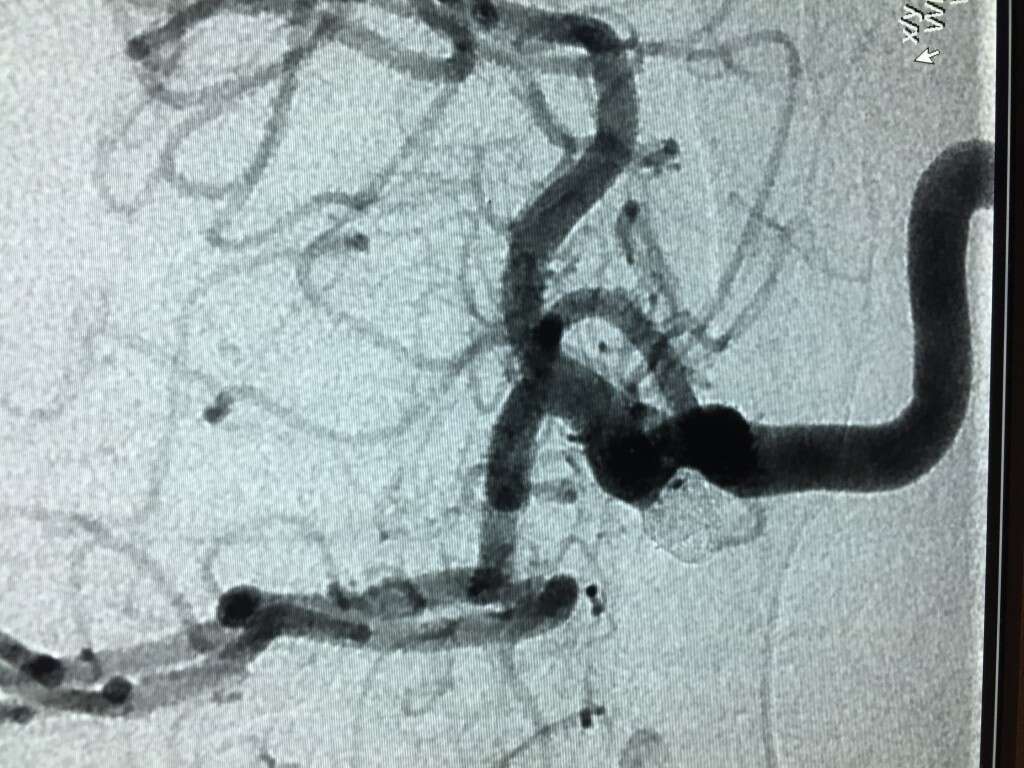What Is a Brain Aneurysm?
Our blood vessels have walls that are strong enough to handle the pressure inside that is caused by the heart pumping blood around the body. These walls will usually have no difficulties in handling the pressure, but they will begin to fail in some people and this can result in a condition known as a brain aneurysm.
Brain aneurysms will often cause no symptoms, but that does not mean that they are not dangerous. Indeed, they can be very dangerous indeed, and they will take the patient’s life in some cases. Here’s a closer look at brain aneurysms, what they are, what causes them, and how they can be treated.
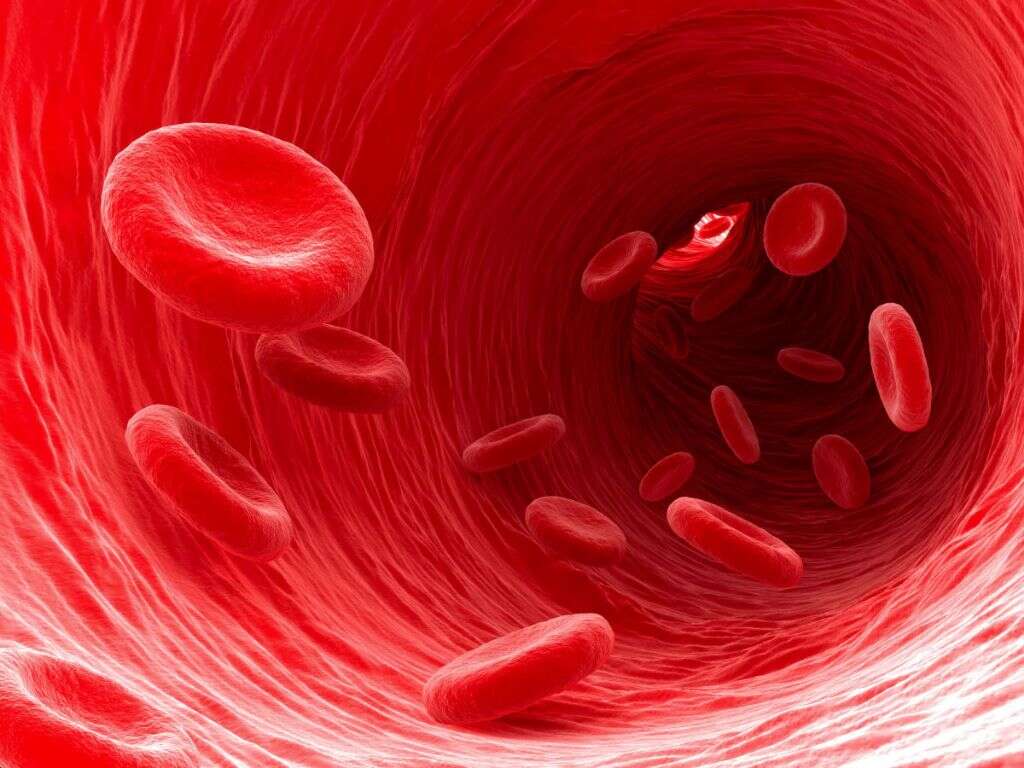
1. Brain Aneurysm
If the walls of a blood vessel are not strong enough to withstand the pressure of the blood flowing through inside, it can result in a bulge occurring in the wall. This is a condition known as an aneurysm. Aneurysms can develop in different parts of the body, and one of the most common locations is in the brain.
A brain aneurysm is not necessarily dangerous in itself and many patients with a brain aneurysm will feel no symptoms at all. However, there is a chance that an aneurysm will rupture at some point in the future, and this will be a very dangerous condition indeed.
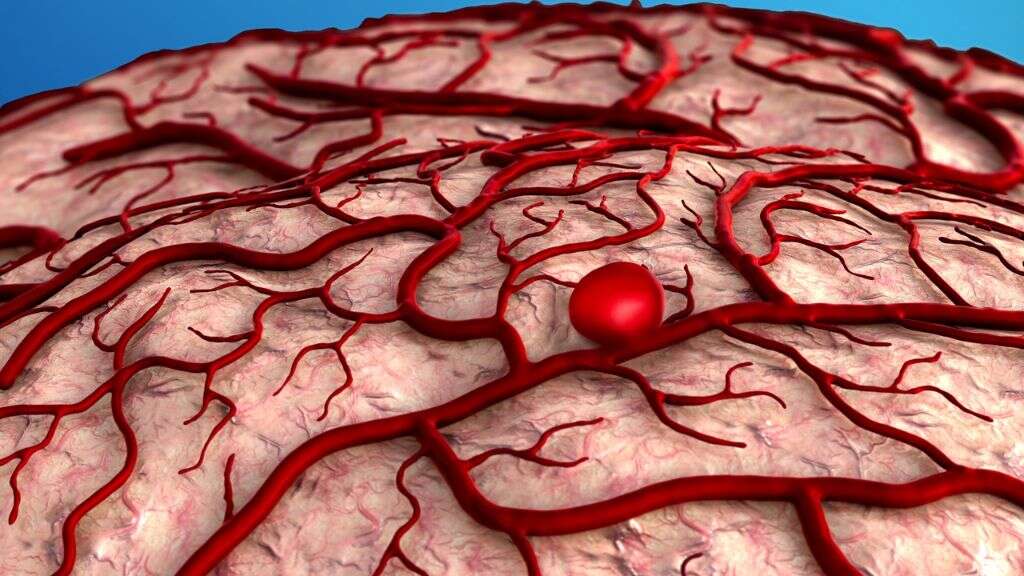
2. Ruptured Aneurysm
An aneurysm will cause the walls of the blood vessel to become even weaker still. If there is still enough blood pressure in the affected blood vessel then the pressure could cause the walls of the blood vessel to burst. When this happens, it is known as a ruptured aneurysm.
A ruptured brain aneurysm will cause internal bleeding in the brain. This, in turn, will result in a hemorrhagic stroke or a subarachnoid hemorrhage depending on where exactly the bleeding is. These are very dangerous conditions and the patient should be found medical assistance without hesitation. It will often be necessary to manage an unruptured aneurysm to help prevent it from rupturing.
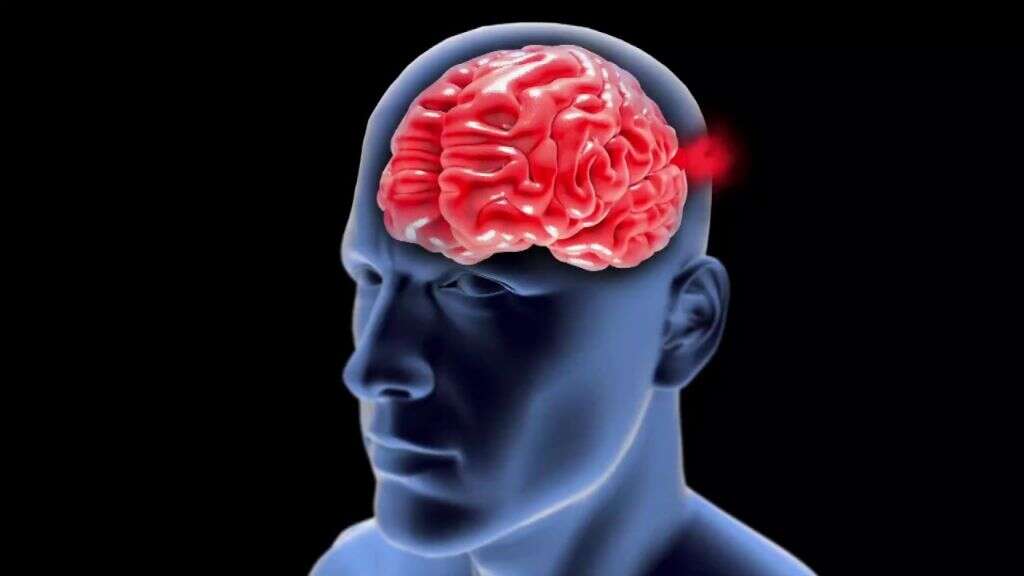
3. Congenital Causes
Some people are born with medical conditions that will make a brain aneurysm more likely to occur. It is also more likely to happen if there is a history of the condition in the patient’s family, especially in close relatives. Another potential cause is being born with an abnormally narrow aorta.
Ehlers-Donlos syndrome, which is a connective tissue disorder, is another potential cause. A cerebral arteriovenous malformation, which is abnormal blood vessels in the brain, may also be a cause. Another potential contributing factor is polycystic kidney disease, which is a disease that affects the kidneys and increases blood pressure.
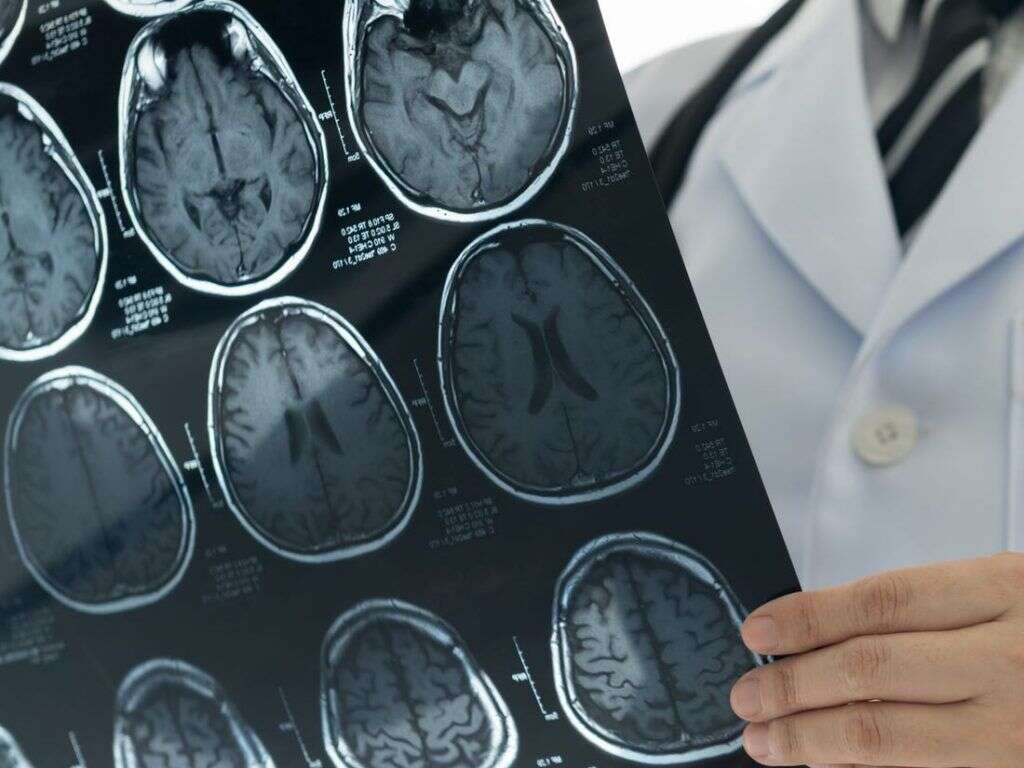
4. Other Causes
People born without congenital causes of brain aneurysms can still develop problems over time. One cause is age and the walls of our blood vessels simply become weaker as we get older. Some people might develop brain aneurysms after infections of the blood, and others may get one after an injury to the head.
High blood pressure is another potential factor, and this will often be down to the patient’s lifestyle choices. People that drink alcohol excessively are also in a higher risk group, as are people that use certain recreational drugs. People who smoke cigarettes are also in a high risk category.
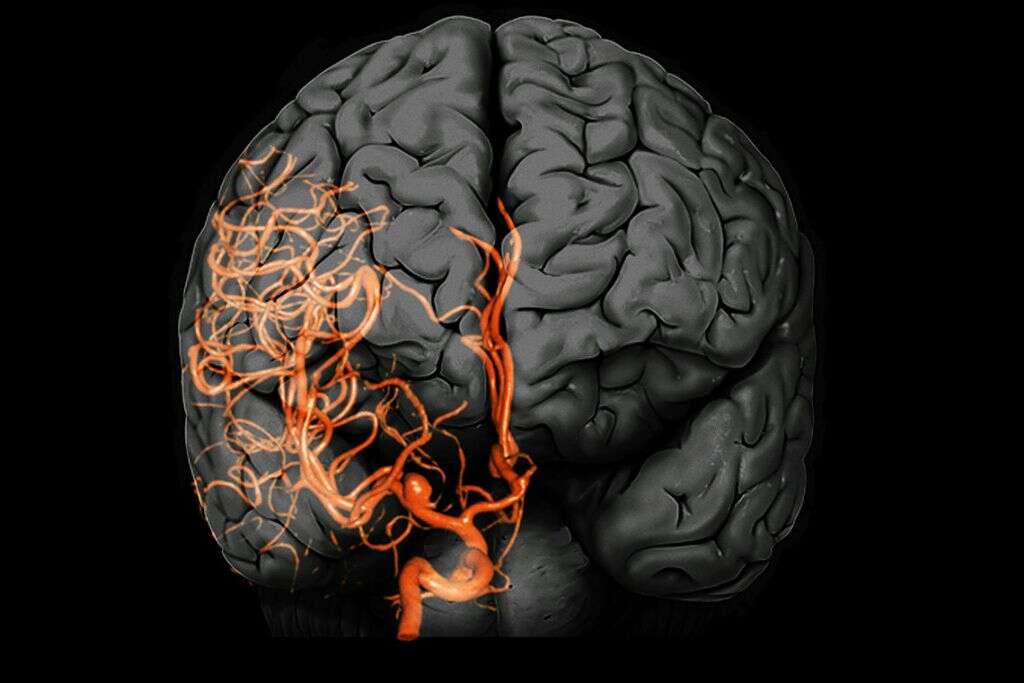
5. Unruptured Aneurysm Symptoms
A brain aneurysm that has not ruptured may not cause any symptoms. This can be a negative because it will mean that the aneurysm goes unnoticed, and this means the problem won’t be addressed. If it is large enough to put pressure on surround nerves and tissues, however, an unruptured brain aneurysm will likely cause some symptoms.
Patients with an unruptured brain aneurysm can experience pain in one side of their face. It can also cause one pupil to become dilated, and it may also cause double vision or other changes in vision. The patient may also feel pain behind and above one eye.

6. Leaking Aneurysm Symptoms
A brain aneurysm will sometimes start losing small volumes of blood rather than completely rupturing. This is known as a sentinel leak because it alerts the patient and professionals to a potentially very serious problem. This will likely cause the patient to develop a sudden and severe headache that is known as a sentinel headache.
Other symptoms of sentinel bleeds include orbital pain, double vision, loss of vision, and dizziness. Less common symptoms include speech problems, drooping eyelids, seizures, motor disturbances and sensory disturbances. A leaking aneurysm is often a precursor to a ruptured aneurysm so they should be taken very seriously.

7. Ruptured Aneurysm Symptoms
When an aneurysm does rupture, the main symptom will be a headache that is both sudden and very severe. The patient may also develop a stiff neck, and they may also develop nausea and begin vomiting. They can also become sensitive to light and they may also have double or blurred vision.
A sudden, severe headache is the key symptom of a ruptured aneurysm. The headache will be severe enough that the patient will likely know that something is very wrong. The patient may also become very confused and they may also experience seizures. A ruptured aneurysm may also cause the patient to fall unconscious, and it will also be fatal in some cases.

8. Complications
A ruptured brain aneurysm will only usually bleed for a few seconds, but it can still do a great deal of damage in that time. It can cause damage to the brain cells and the flow of blood to the brain may be disrupted. If the patient is not found help in time then the condition will be fatal.
Other potential complications include a vasospam, which means the blood vessels narrow significantly. Hyponatremia is another potential symptom that affects the sodium balance in the body, and this can lead to the brain cells becoming swollen. There is also a chance that the aneurysm can bleed again, potentially causing further damage.
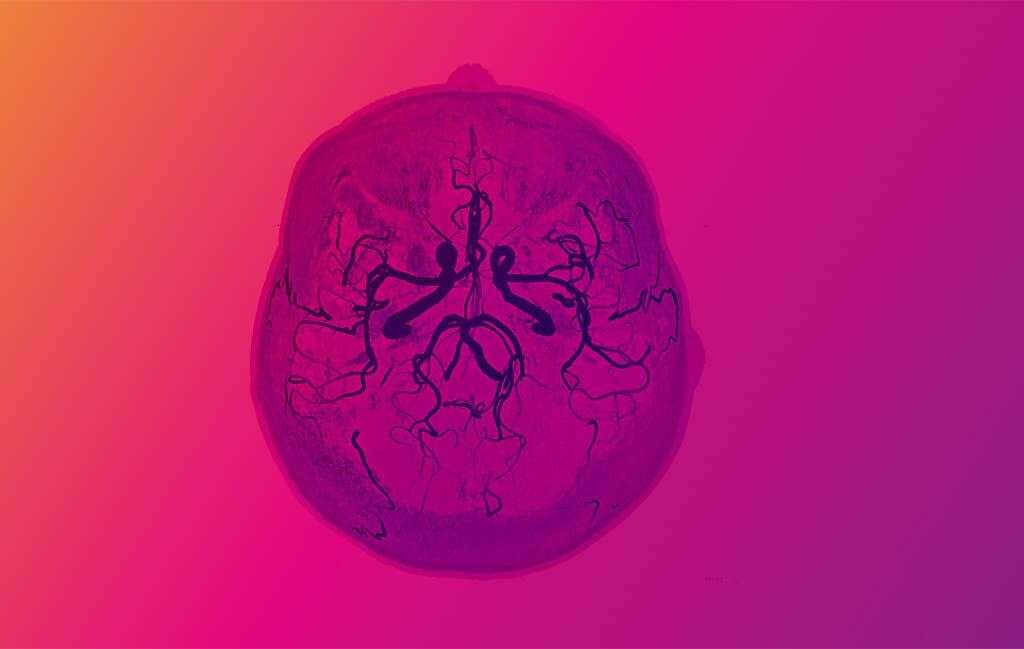
9. Diagnosis
If you are showing symptoms of a brain aneurysm then tests will need to be performed to reach a diagnosis. This will often involve using a CT scan and/or an MRI scan which will create images of the brain that will help to identify a brain aneurysm. Other imaging techniques may be used that will help experts to see the condition of blood vessels and other structures.
A spinal tap procedure may need to be performed, and this will help experts look for red blood cells in the cerebrospinal fluid. A cerebral angiogram may also be performed, and this will involve inserting a catheter that will be thread into the brain.

10. Treatment
When the aneurysm is found in a large blood vessel then a flow diverter, which is an implant that is similar to a stent, may be used. This will reduce pressure on the aneurysm and give it an opportunity to heal. Surgical clipping is another potential treatment that involves stopping the flow of blood to the aneurysm.
Endovascular coiling may also be used, and this will help to seal off the aneurysm with use of a catheter. Medication may also be used that will help to treat the patient’s symptoms, and also to help prevent severe complications from arising. Some patients will also likely need to undertake considerable changes in their lifestyle to help manage the condition.





